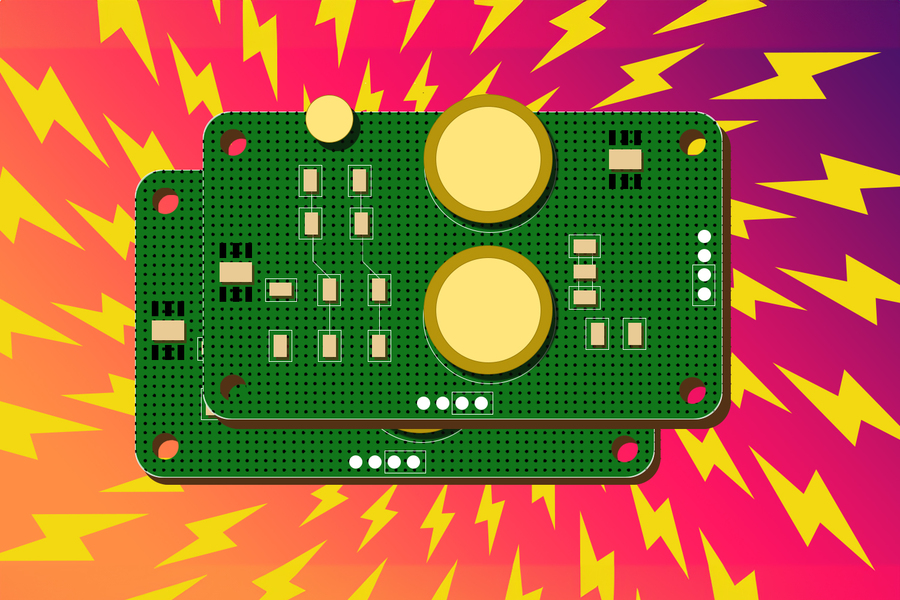
https://ieeexplore.ieee.org/document/10341273
Abstract:
Energy harvesters present the exciting opportunity to create sensor nodes that can power or recharge themselves. Given the intermittent nature of available ambient energy for these harvesters and the common discrepancy between the harvested power and average power required to operate a sensor load, electronic energy management interfaces between the harvester source and a sensor load are often necessary. This article presents a design methodology for energy management interfaces between energy harvester sources and sensor loads. The design guide is practically demonstrated through the prototyping of a low-power energy management module that interfaces a clampable, split-core current transformer (CT) magnetic energy harvester (MEH) to an off-the-shelf bluetooth low energy (BLE) embedded hardware sensor kit. This article documents the design and experimental performance of the cold-start, energy harvest enhancement, overvoltage protection, and energy distribution control capabilities of this energy management interface. The experimental results demonstrate successful cold-start using discrete logic, average power harvest enhancements up to nearly 400% under certain harvester voltage load conditions, and a hysteretic control method for servicing an approximately 50 mW sensor load.
